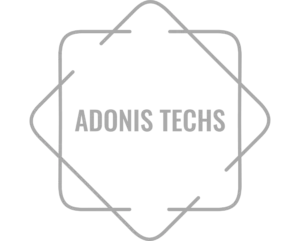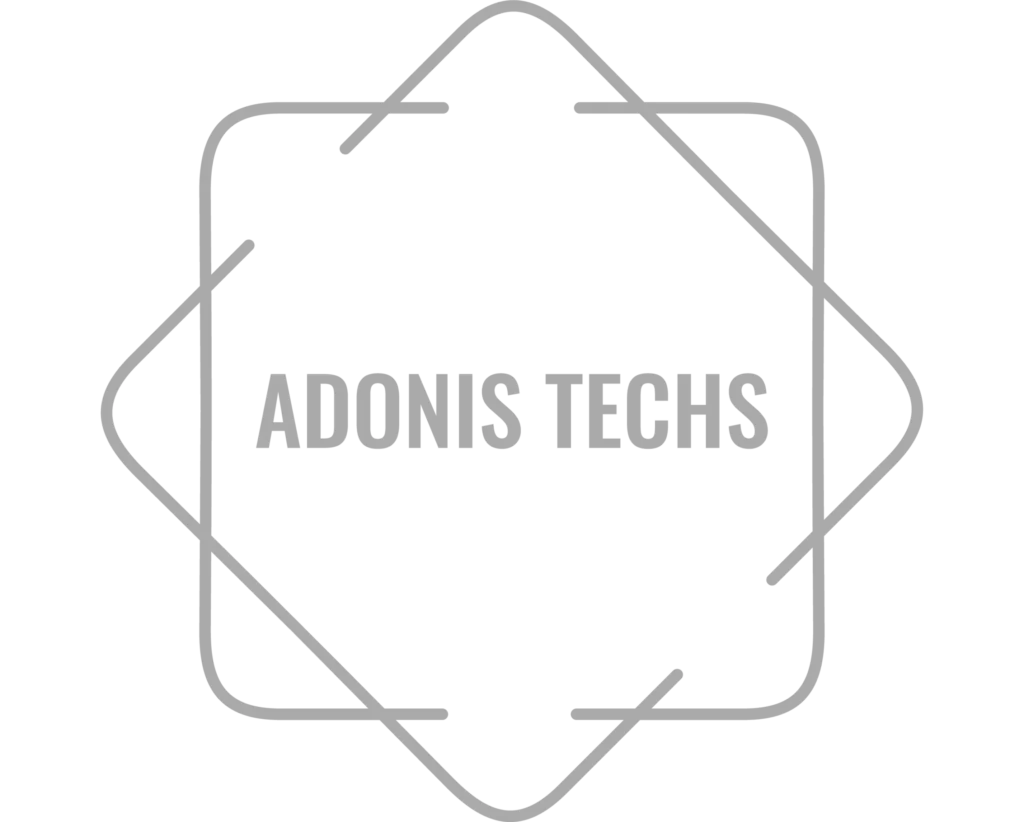Managing multiple properties, tenants, and maintenance tasks manually can be chaotic. A property management portal centralizes these operations, giving agents, landlords, and property managers full control from a single dashboard.
By automating workflows, tracking transactions, and consolidating data, property management portals help real estate professionals save time, reduce errors, and improve client satisfaction.
Why Real Estate Businesses Need a Management Portal
Traditional management methods spreadsheets, phone calls, and email chains are inefficient and prone to errors. A centralized system allows:
- Efficient property tracking
- Automated rent collection and invoices
- Maintenance scheduling and tracking
- Tenant communication
This not only boosts productivity but also improves transparency for landlords and tenants alike.
Core Features of a Property Management Portal
1. Property Listing Management
Easily add, edit, and categorize properties. Include multimedia content such as photos, floor plans, and virtual tours.
2. Tenant & Lease Management
Track lease agreements, renewal dates, and tenant information with automated reminders.
3. Payment & Invoice Management
Enable online rent payments, generate invoices, and track financial records.
4. Maintenance & Service Requests
Tenants can submit requests, which can be assigned to contractors or internal teams, with progress tracking.
5. Reporting & Analytics
Generate insights on occupancy rates, rent collection, maintenance costs, and agent performance.
6. Notifications & Alerts
Automate reminders for lease expirations, pending payments, or maintenance schedules.
7. Role-Based Access
Provide different access levels for landlords, property managers, and agents to maintain security and workflow clarity.
Integration with Websites and CRM
A property management portal works best when integrated with your existing real estate website. Listings, inquiries, and user data can sync seamlessly, ensuring consistent information across platforms.
For development best practices, see Real Estate Website Development by Adonistechs.
For architectural insights and scalable system design, refer to Website Development.
Technology Stack for Property Management Portals
The portal’s tech stack determines reliability and scalability:
- Frontend: React.js or Vue.js for responsive dashboards
- Backend: Laravel, Django, or Node.js for business logic
- Database: MySQL or PostgreSQL for property and tenant data
- Cloud Hosting: AWS or Google Cloud for uptime and scalability
- APIs: Payment gateways, email notifications, and maintenance tools
A custom portal development approach ensures the portal evolves with your business, supporting new features or additional users as needed.
Cost of Developing a Property Management Portal
Development costs vary depending on the complexity of features:
- Basic Portal (Single Agency): $5,000 – $8,000
- Advanced Portal with Multi-User Access: $10,000 – $15,000
- Enterprise Portal with Integrated CRM & Analytics: $15,000+
The return on investment comes through time saved, reduced errors, and enhanced tenant and agent satisfaction.
Benefits of Using a Property Management Portal
- Streamlined Operations – All property and tenant data in one place.
- Time Efficiency – Automate repetitive tasks like rent collection and maintenance scheduling.
- Improved Communication – Tenants, agents, and contractors stay connected within the system.
- Enhanced Reporting – Better insights into occupancy, revenue, and operational efficiency.
- Scalability – Supports growth with additional properties, users, and features.
Final Thoughts
A property management portal transforms how real estate operations are handled. By automating workflows, consolidating data, and providing actionable insights, it empowers agencies, landlords, and property managers to focus on growth rather than administrative hassles.
For startups or established agencies looking to scale efficiently, investing in a custom portal is not just a tool it’s a strategic advantage.


